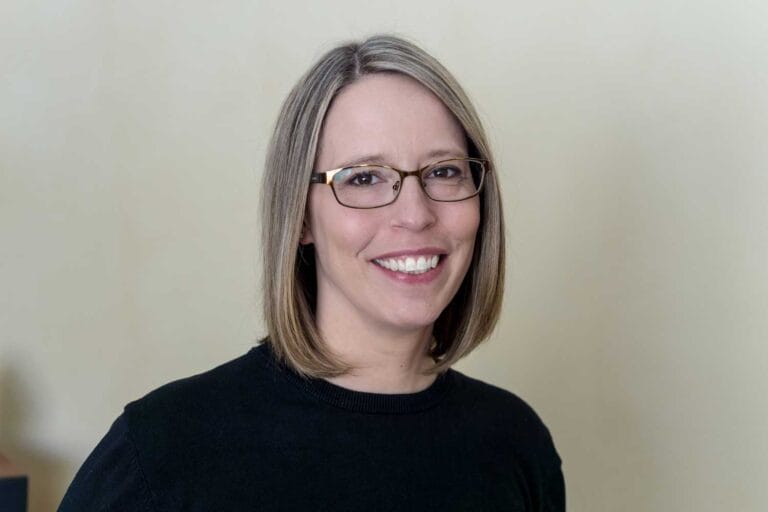
There’s no age limit for financial aid
When I talk to adult students who are considering a return to college, many wonder how they will pay for their education. It’s no secret that higher education can come with a hefty price tag — but it’s also true that adult students, like other college students, are often eligible for financial aid.

Financial aid includes a range of funding options — typically loans, grants and scholarships available from federal, state, college or private sources — to help pay for college. This aid can cover expenses including tuition, books and supplies as well as things like housing or transportation. It may be offered based on financial need, academic performance, area of study, military status or personal situation, just to name a few. At the University of Wisconsin–Madison, for example, we offer a scholarship to returning adult students who are single parents.
Unfortunately, myths about financial aid for adult students persist. Here are four of those myths — and what you should know instead.
Myth 1: I’m not eligible. This misconception plagues students of all ages, who may feel that they or their families earn too much money to qualify for financial aid. The fact is, federal aid isn’t just for low-income students, and until you fill out your Free Application for Federal Student Aid (FAFSA), you won’t know if you qualify — or for how much. Note, too, that being married and/or having dependents may increase the amount of your offer. Visit studentaid.gov to learn more.
Myth 2: It’s too difficult. Applying for FAFSA, Pell grants, loans and scholarships is simpler and faster than ever. Most applications are online, and you can often apply for dozens — or even hundreds — of scholarships by filling out a single application using your school’s scholarship portal or a database like Peterson’s or FastWeb. Your employer, college financial aid office or local nonprofits are other good places to start your search for reputable opportunities. Ease the application process by having your essay and other application materials polished and ready to go.
Myth 3: I’ll be in debt. While loans do require repayment — some with additional interest — you don’t have to take the full amount offered to you, and you typically don’t begin repayment until you’ve graduated or drop below half-time enrollment. Take advantage of all grants and scholarships before borrowing a loan.
Myth 4: It’s too late. It’s true that your school probably won’t offer financial aid until you’ve been admitted, so plan ahead and apply for scholarships and other aid as soon as you can. It’s always worth a call to your institution’s financial aid office if you need help right away. There may be emergency funds or scholarships that accept applications on a rolling basis to hold you over until your FAFSA or other aid comes through.
Money can be a major factor when it comes to considering a return to college, but there are a host of opportunities that can help lighten the financial load if you’re willing to put in a little research and work. Make your school’s financial aid office one of your first stops in your college application journey, and you’ll be on your way to finding the right options for you.
The Lifelong Learner is a monthly feature written by UW–Madison’s Continuing Studies staff. Anne Niendorf, a student services coordinator, can be reached at anne.niendorf@wisc.edu. This article first appeared in the Wisconsin State Journal on April 9, 2023.
Published on Apr 11 2023
Last Updated on Jul 10 2024
By Anne Niendorf
Categories: Adult Career and Special Student Services, News


